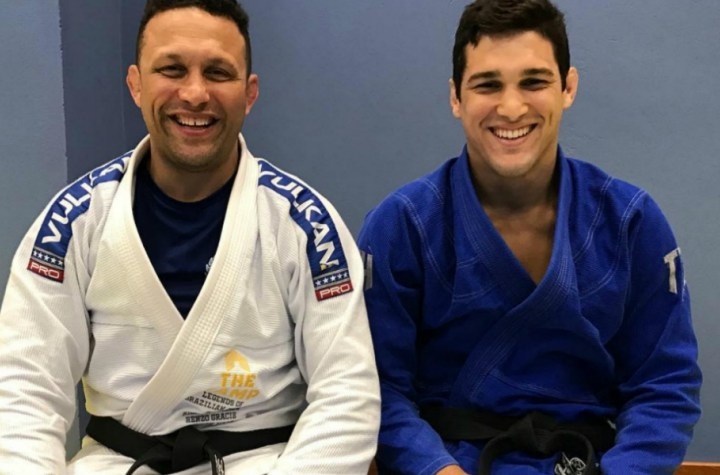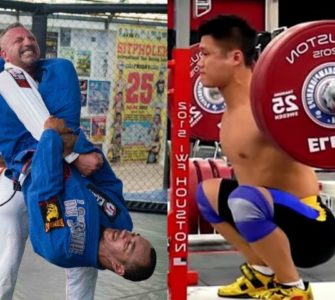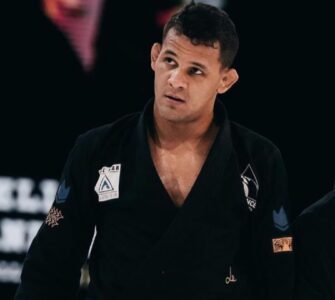Embracing Brazilian Jiu-Jitsu and its lifestyle could be likened to finding a veritable Fountain of Youth. It helps in maintaining physical health even as our bodies accumulate wear and tear over time. The advantages of BJJ extend beyond mere fitness and health; they also contribute to slowing the aging process in our bodies.
One of the earliest signs of aging is the deterioration of perceptual and cognitive abilities. Research has shown that engaging in specific physical activities, such as BJJ, can decelerate this deterioration.
As we age, our brains typically experience a slowdown in processing visual information and thoughts, alongside a reduction in short-term memory capacity. However, it’s noteworthy that not all brain functions deteriorate with age. Skills like swimming or speaking, which are procedural memories, remain largely unaffected.
The claim that training in Brazilian Jiu-Jitsu can slow down aging is supported by several studies and scientific findings. Here are some key points from relevant sources:
- Overall Impact of Martial Arts on Aging: Studies have shown that regularly performing physical activities like martial arts can slow down age-related decline, particularly in brain functions. This includes maintaining procedural memories and possibly slowing down the decline in short-term memory and processing of visual objects and thoughts (Evolve MMA).
- Specific Study on BJJ and Older Adults: Research has found significant improvements in mobility among older adults following Brazilian Jiu-Jitsu training. For example, a study by de Quieroz et al. reported considerable enhancement in the functional fitness of elderly males who underwent BJJ training (NCBI).
- 12 Weeks of BJJ Training and Its Benefits: Another study highlighted that a 12-week Brazilian jiu-jitsu training program improves functional fitness in elderly men, suggesting BJJ as a suitable modality for older people due to its emphasis on technique over physical effort (Springer).
- Biomechanical Advantages: BJJ involves a variety of movements that could contribute to overall physical well-being, potentially counteracting some aspects of the aging process. These movements include flexion, extension, torsion, traction mechanics, and center-of-mass displacement, all of which are integral to BJJ (NCBI).
Brazilian Jiu-Jitsu, with its diverse range of movements and emphasis on technique, appears to offer significant benefits for aging individuals, particularly in terms of mobility, functional fitness, and possibly cognitive functions. The social aspect of training in a community, along with the need for a clean diet and regular exercise inherent to the sport, contributes to a healthier lifestyle, potentially influencing the aging process positively.


















